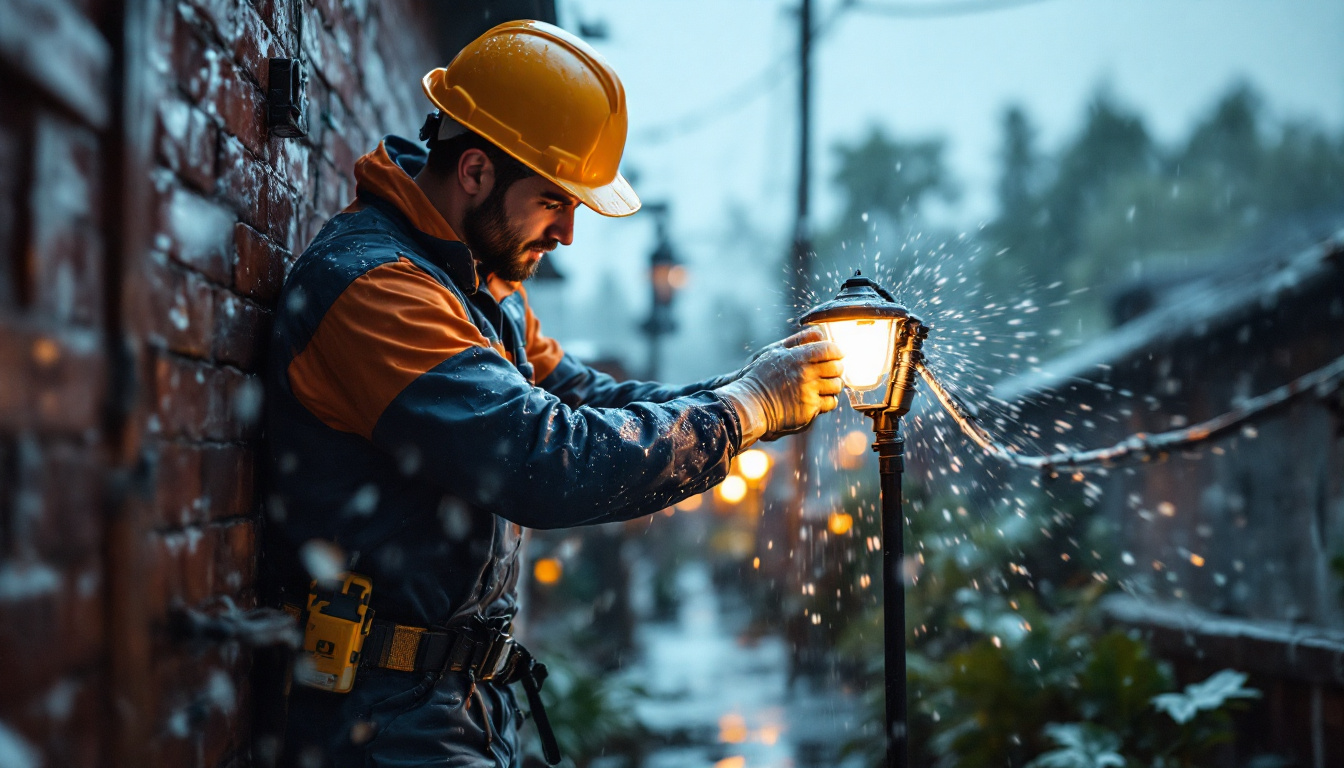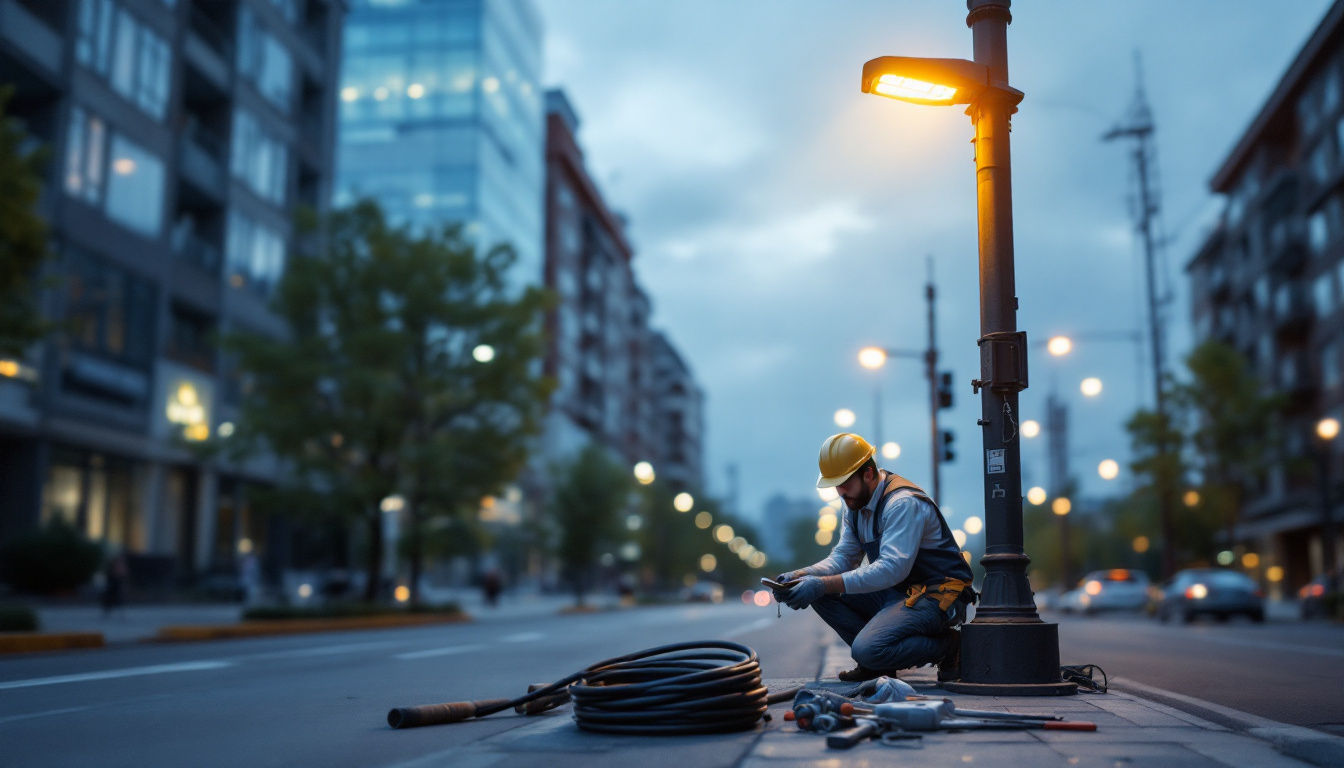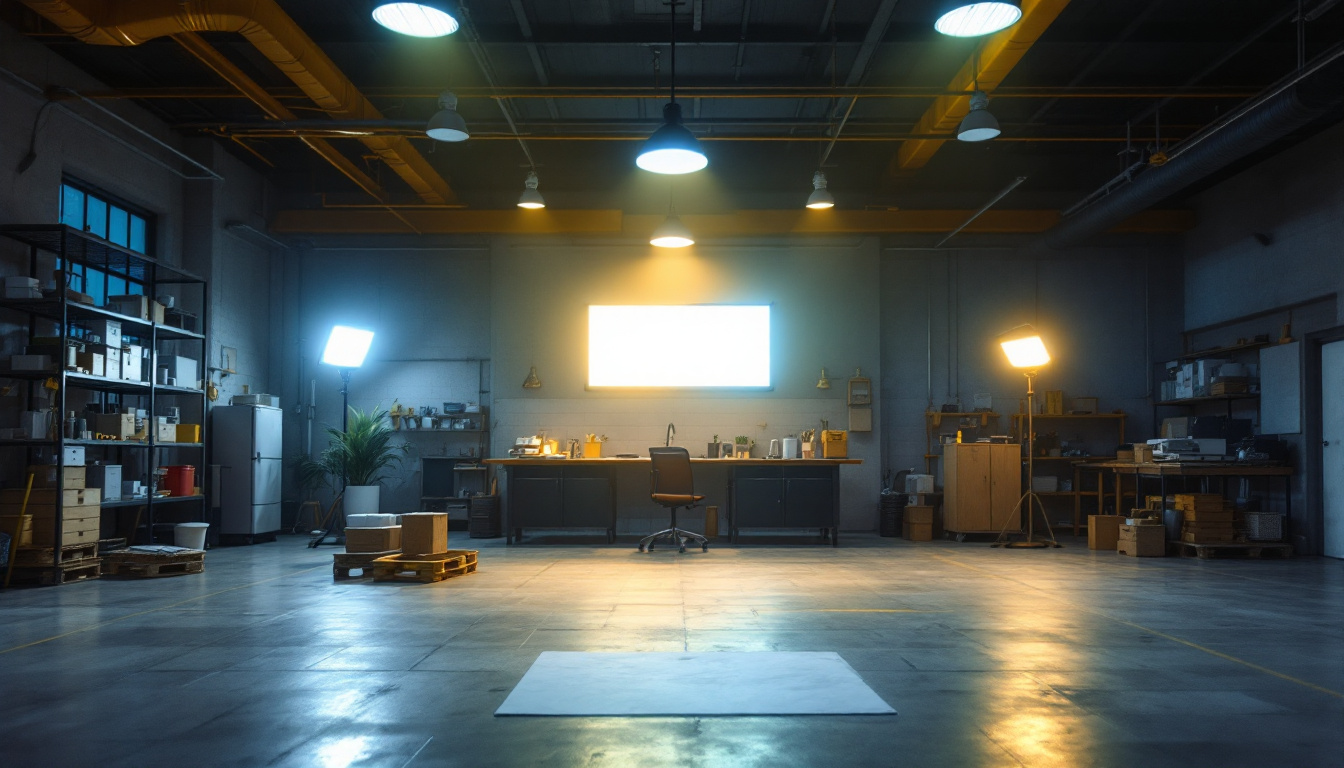

Lighting contractors often face unique challenges when it comes to ensuring the longevity and reliability of electrical connections in outdoor and damp environments. One of the most effective solutions to these challenges is the use of waterproof electrical connectors. Understanding how to select, install, and maintain these connectors can significantly enhance the quality of lighting installations, ensuring both safety and durability.
Waterproof electrical connectors are designed to prevent moisture ingress, which can lead to corrosion, short circuits, and ultimately, system failure. These connectors are essential for outdoor lighting applications, where exposure to rain, humidity, and other environmental factors is a constant concern. The significance of these connectors extends beyond just functionality; they are vital for ensuring safety and reliability in various electrical systems, from residential gardens to commercial installations.
There are several types of waterproof connectors available on the market, each with its own unique features and benefits. Common types include sealed connectors, which use gaskets or O-rings to create a watertight seal, and molded connectors that are designed to withstand harsh conditions. These connectors are often made from durable materials such as thermoplastic elastomers or polyamide, which not only provide waterproofing but also resist UV degradation and extreme temperatures.
Additionally, connectors are often classified by their ingress protection (IP) rating, which indicates their resistance to dust and water. For instance, a connector rated IP67 can withstand immersion in water up to one meter for a limited time, making it suitable for many outdoor applications. Understanding these ratings helps users select connectors that will perform reliably in their specific environments, ensuring longevity and reducing maintenance costs.
The IP rating system is crucial for lighting contractors to understand when selecting waterproof connectors. The first digit in the rating indicates protection against solid objects, while the second digit refers to protection against liquids. A higher rating generally means better protection. Therefore, knowing the specific environmental conditions of a project can guide the selection of the appropriate connector. This is especially important in areas prone to flooding or heavy rainfall, where even a small lapse in waterproofing can lead to significant electrical failures.
For example, a lighting installation in a coastal area may require connectors with higher IP ratings due to the increased risk of exposure to saltwater and humidity. Saltwater can be particularly corrosive, necessitating connectors that not only resist water but also have materials that can withstand the harsh effects of salt. Conversely, connectors used in a dry, indoor environment may not need such robust specifications. Furthermore, understanding the potential for temperature fluctuations is essential, as extreme cold or heat can affect the integrity of the connectors over time, making it necessary to consider thermal expansion and contraction in the selection process.
Selecting the right waterproof connector involves several considerations. Contractors must evaluate the specific requirements of each project, including environmental conditions, the type of lighting systems being installed, and the expected lifespan of the installation.
The materials used in waterproof connectors can greatly influence their performance and longevity. Common materials include thermoplastic, rubber, and metal. Thermoplastic connectors are lightweight and resistant to UV rays, making them ideal for outdoor use. Rubber connectors offer excellent sealing properties, while metal connectors provide durability and strength.
Moreover, the choice of materials can also affect the connector’s resistance to temperature fluctuations. In regions with extreme temperatures, selecting connectors made from materials that can withstand these changes is vital to ensure performance and reliability. For instance, connectors made from silicone rubber can maintain flexibility in cold environments, while high-temperature thermoplastics can endure heat without degrading. Additionally, corrosion resistance is another important aspect; connectors exposed to salty or humid environments should be made from materials that can withstand such conditions to prevent premature failure.
Another critical factor is the size and compatibility of connectors with existing wiring systems. It is essential to ensure that the chosen connectors can accommodate the gauge of the wires being used. Mismatched sizes can lead to poor connections, which may compromise the integrity of the electrical system.
Furthermore, some connectors are designed for specific applications, such as low-voltage lighting or high-voltage systems. Understanding these distinctions will help contractors make informed choices that align with project specifications. Additionally, the ease of installation and maintenance should not be overlooked. Connectors that feature user-friendly designs, such as snap-on mechanisms or color-coded wiring, can significantly reduce installation time and minimize the risk of errors. In projects where frequent maintenance is anticipated, opting for connectors that allow for easy disconnection and reconnection can save valuable time and resources in the long run.
Proper installation of waterproof electrical connectors is crucial for ensuring their effectiveness. Even the highest quality connectors can fail if not installed correctly. Following best practices during installation can significantly reduce the risk of future issues.
Before installation, contractors should conduct thorough planning. This includes assessing the installation site for potential hazards, such as standing water or areas prone to flooding. Additionally, having the right tools and materials on hand can streamline the installation process.
Preparing the wiring by stripping the insulation properly and ensuring clean, corrosion-free surfaces will also enhance the quality of the connection. Any dirt or debris can compromise the seal, leading to moisture ingress over time. It is also beneficial to review the manufacturer’s specifications for the connectors being used, as different models may have unique requirements that can impact performance. Understanding the environmental conditions—like temperature fluctuations and exposure to chemicals—can further guide the selection of appropriate connectors and sealing methods.
When installing waterproof connectors, it is essential to follow the manufacturer’s guidelines for sealing. Many connectors come with built-in sealing mechanisms, but additional measures, such as using heat shrink tubing or silicone sealants, can provide extra protection against moisture.
Contractors should also ensure that connectors are tightened to the manufacturer’s specifications. Over-tightening can damage the connector, while under-tightening may leave gaps that allow moisture to enter. Moreover, it is advisable to conduct a visual inspection after installation to confirm that all connectors are properly seated and sealed. Utilizing a multimeter to test the integrity of the connections can also help identify any potential issues before they become problematic. Regular maintenance checks can further enhance the longevity of the installation, allowing for early detection of wear or damage that could compromise the waterproofing features of the connectors.
Establishing a schedule for inspections can help contractors stay ahead of potential problems. Inspections should focus on checking for signs of wear, corrosion, or damage to connectors. Any connectors that show signs of deterioration should be replaced immediately to prevent failures.
Additionally, contractors should pay attention to the surrounding environment. For instance, if there has been significant weathering or flooding in the area, a more thorough inspection may be warranted to ensure that connectors remain watertight.
Cleaning connectors is another crucial aspect of maintenance. Dirt, debris, and corrosion can accumulate over time, potentially compromising the integrity of the connection. Using a soft brush or cloth to clean connectors can help maintain their performance.
In some cases, applying a protective coating can also extend the life of waterproof connectors. Products designed specifically for electrical components can provide an additional layer of protection against moisture and corrosion.
While waterproof connectors offer significant advantages, lighting contractors may encounter various challenges during their use. Understanding these challenges and knowing how to address them can enhance the overall effectiveness of lighting installations.
One of the most common issues with waterproof connectors is failure due to improper installation or environmental factors. If connectors are not sealed correctly, moisture can enter and lead to corrosion or short circuits. To mitigate this risk, contractors should always follow best practices for installation and regularly inspect connectors for signs of wear.
Additionally, using connectors specifically designed for the expected environmental conditions can help prevent premature failure. For instance, connectors rated for marine environments may be necessary in coastal areas to withstand the effects of saltwater and humidity.
Another challenge contractors may face is compatibility issues between connectors and wiring systems. Using connectors that are not designed for the specific gauge or type of wire can lead to poor connections and increased risk of failure. To avoid this, contractors should carefully review product specifications and ensure that all components are compatible.
In some cases, it may be necessary to consult with manufacturers or suppliers to find the right connectors for unique applications. This proactive approach can save time and resources in the long run by preventing installation issues.
Waterproof electrical connectors are an essential component for lighting contractors working in outdoor and damp environments. By understanding the types of connectors available, choosing the right materials, and following best practices for installation and maintenance, contractors can enhance the reliability and longevity of their lighting installations.
As the demand for outdoor lighting solutions continues to grow, mastering the use of waterproof connectors will be a valuable skill for lighting contractors. With the right knowledge and techniques, they can ensure that their projects not only meet safety standards but also stand the test of time against the elements.
Ready to elevate your lighting installations with the industry’s best waterproof electrical connectors? Look no further than LumenWholesale. Our extensive selection of spec-grade lighting products is designed to meet the highest standards of quality and performance, ensuring your projects shine in even the most challenging environments. With unbeatable wholesale prices and the convenience of bulk buying with free shipping, LumenWholesale is your go-to source for reliable, high-performance lighting without the inflated markups. Don’t compromise on quality or value—discover wholesale lighting at the best value today and bring unparalleled durability to your outdoor lighting solutions.

Discover the essential insights lighting contractors need for successful LED street light retrofits.

Discover the essential reasons why commercial wholesale lighting is a game-changer for lighting contractors.

Discover the essential insights every lighting contractor needs to master home LED lighting.

Discover the ultimate guide to the best LED high bay shop lights and learn how to enhance your workspace with superior lighting solutions.
Get notified when NEW deals are released.
Optimize your budget with wholesale discounts.
Only top-quality, specification-grade lighting products.
No additional costs at checkout - what you see is what you pay.
We understand the unique needs of contractors.